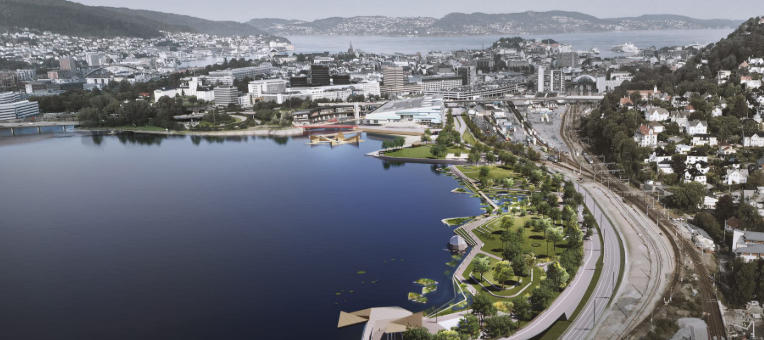How Geography Affects Urban Planning in Norway
Urban planning in Norway is a fascinating interplay between geography and human development. Understanding the unique geographical features of this Nordic nation helps city planners create sustainable, livable spaces. This discussion is not only relevant for urban planners but also for anyone interested in how environment shapes society.
The Role of Topography in Urban Design
Norway’s dramatic landscapes, characterized by fjords, mountains, and valleys, significantly influence urban planning. Cities like Bergen and Tromsø are nestled between steep hills and deep waters, limiting the availability of flat land for development. This unique topography means that planners must often think creatively to maximize space. For instance, multi-level buildings and efficient public transport systems are common solutions. Moreover, this geographical limitation encourages the preservation of nature, fostering a harmonious relationship between urban areas and their natural surroundings.
Weather Considerations in City Planning
Norway’s variable climate poses additional challenges for urban planning. Long, cold winters demand that planners design buildings and public spaces that can withstand heavy snowfall and freezing temperatures. Roads are often constructed with materials that prevent ice build-up, and buildings feature sloped roofs to handle snow accumulation. Additionally, planners are increasingly integrating green spaces and outdoor heating systems to encourage year-round outdoor activities. Such considerations not only improve the quality of urban life but also support public health and well-being.
Sustainable Solutions and Environmental Focus
Geographical features in Norway inspire a commitment to sustainability in urban planning. Norway is a leader in eco-friendly initiatives, often prioritizing public transportation, cycling paths, and green building materials. The challenges posed by terrain and climate have led to innovative practices such as utilizing local materials and integrating renewable energy sources. For example, the extensive use of hydroelectric power aligns with the country’s abundant water resources, minimizing the carbon footprint of urban areas. By focusing on sustainable practices, Norway not only preserves its breathtaking landscapes but also sets an example for cities worldwide.
In conclusion, the interplay between geography and urban planning in Norway offers valuable lessons in creativity and sustainability. The nation’s unique landscapes present both challenges and opportunities for developing thriving communities. Interested in exploring further? Consider researching how other nations tackle similar geographical challenges and the innovative solutions they implement.

